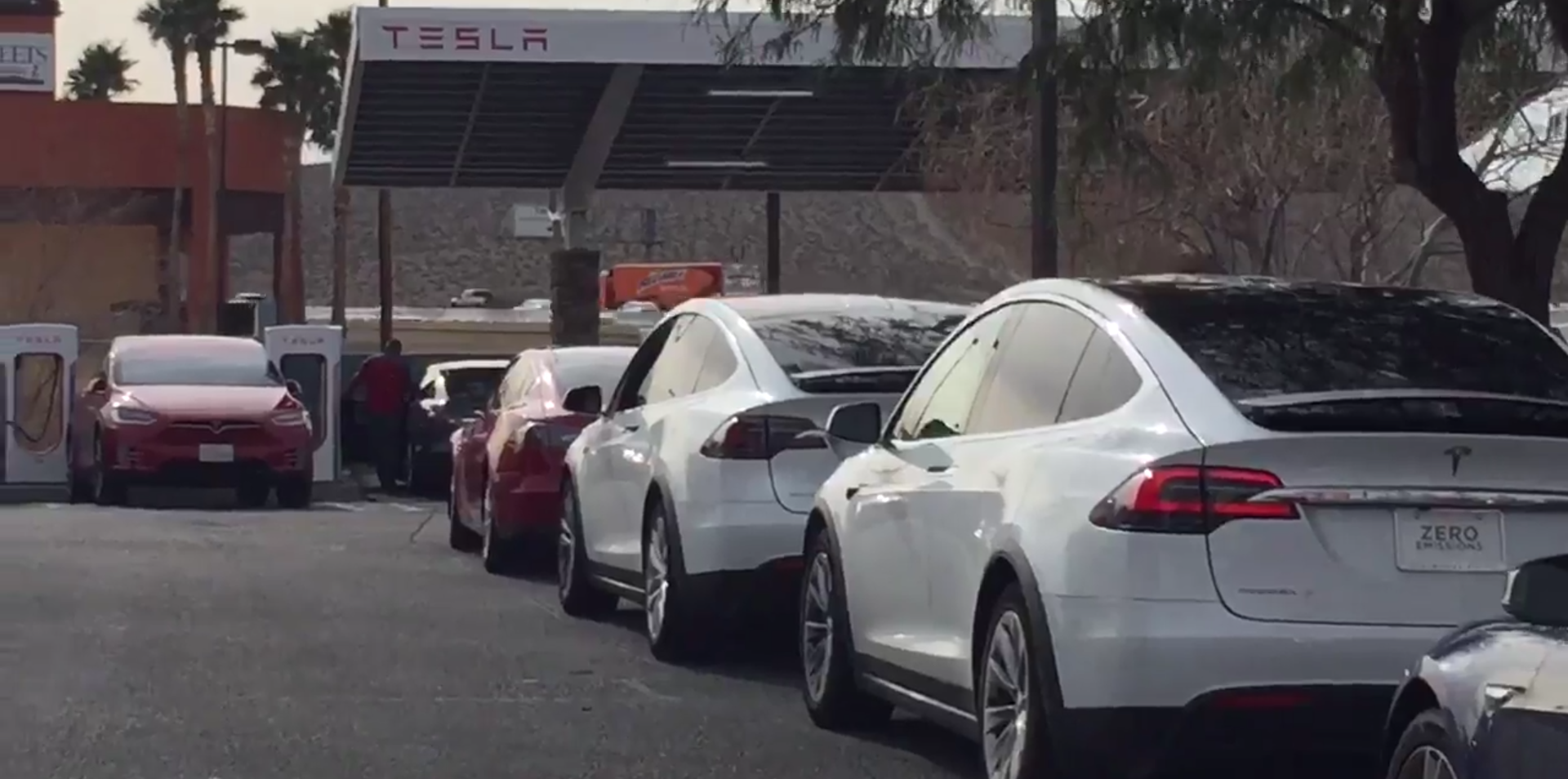I don't understand raising the voltage? The hilariously stupid interim solution for high power EV charging without a cost-effective supply is big generators beside the chargers. A battery bank can be used if there are big swings between high load and low load but if the chargers are busy all the time, a battery bank can't help you.Has Tesla won the nozzle wars, and will they be able to timely up the voltage in their stations?
Will insurance go wacko, as they get a sense of what electric vehicles will cost to repair/replace?
Insurance isn't just an EV issue although they seem to be at the forefront of disposable construction. I expect insurance for manufacturers that design for the dump will quickly be far out of reach. Things like potting the battery pack to prevent cell level repairs, putting emergency power disconnect in the C pillar to structurally destroy the vehicle, etc drive costs to the moon and very little benefit to anybody other than the OEM.
I suspect at some point either an OEM or third party will have a reasonable refurbishment system in place for battery packs. Right now they get a dent, nobody will sign off that they are guaranteed safe, new OEM battery is a huge price (probably at least partially because they would rather use their supply to make new cars than fix sold ones) so car gets written off. There is no need for that stupidity. The upside to OEM's trying to charge well into five figures for batteries is there is lots of room there for someone to sell batteries with a warranty for much less.

















